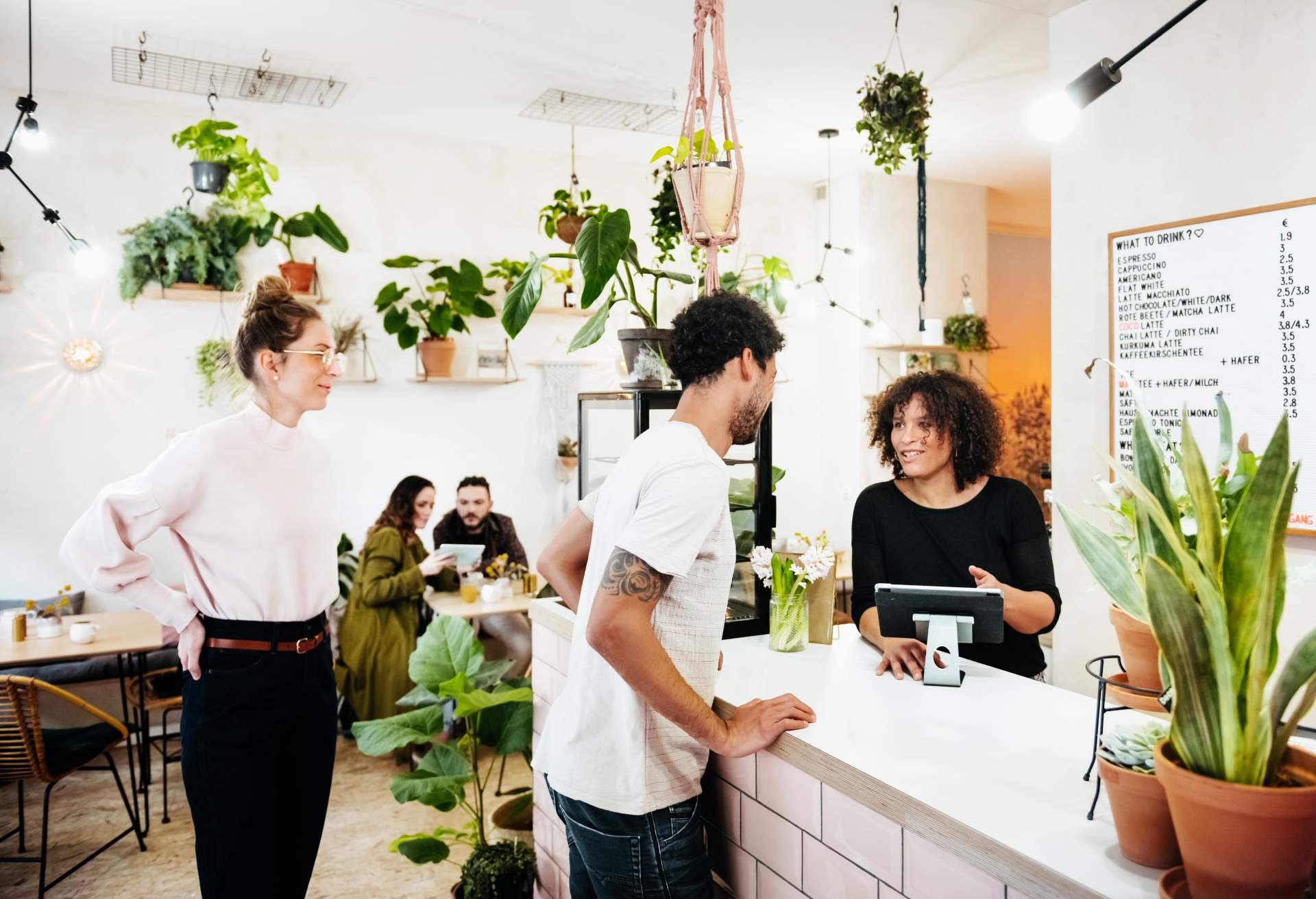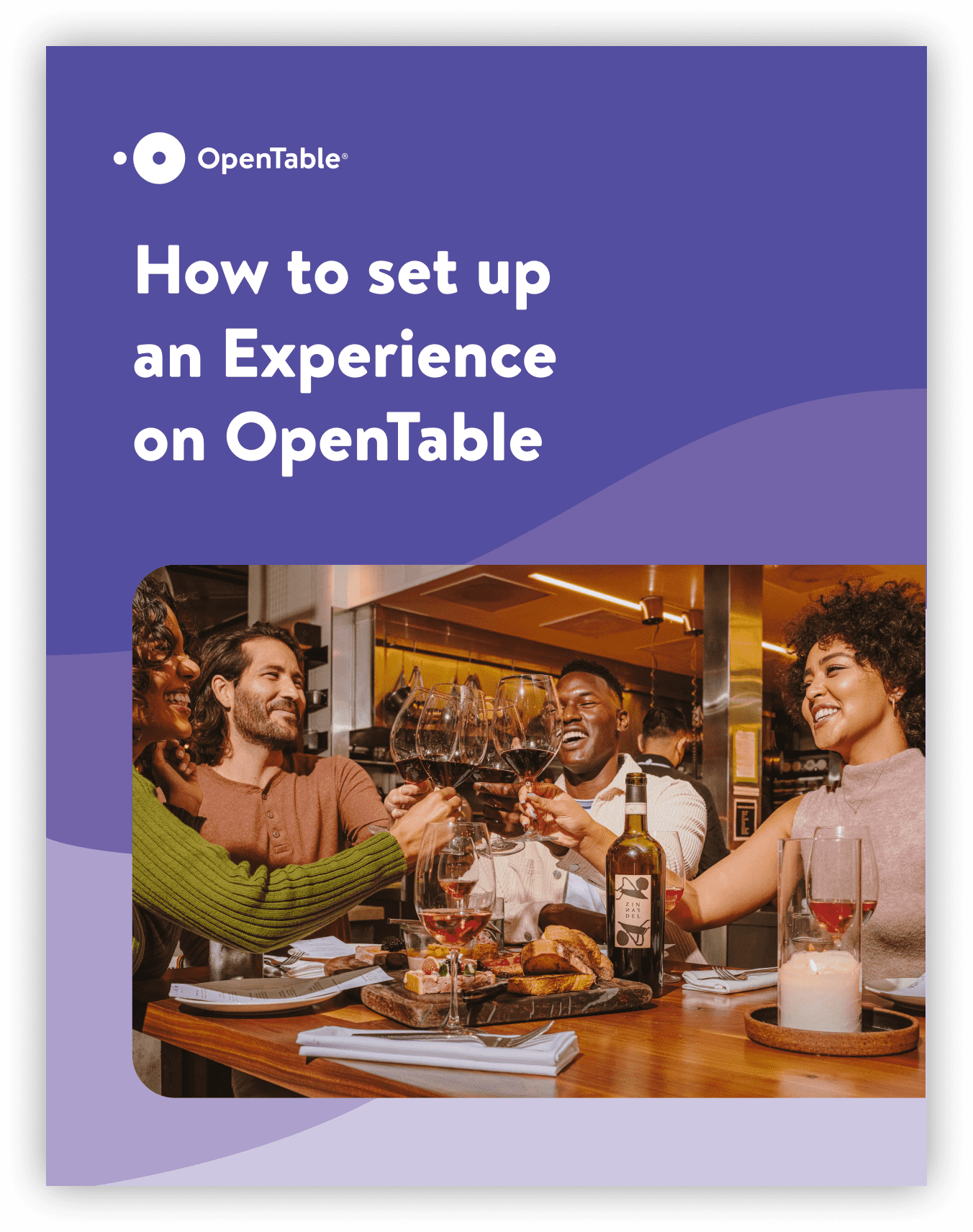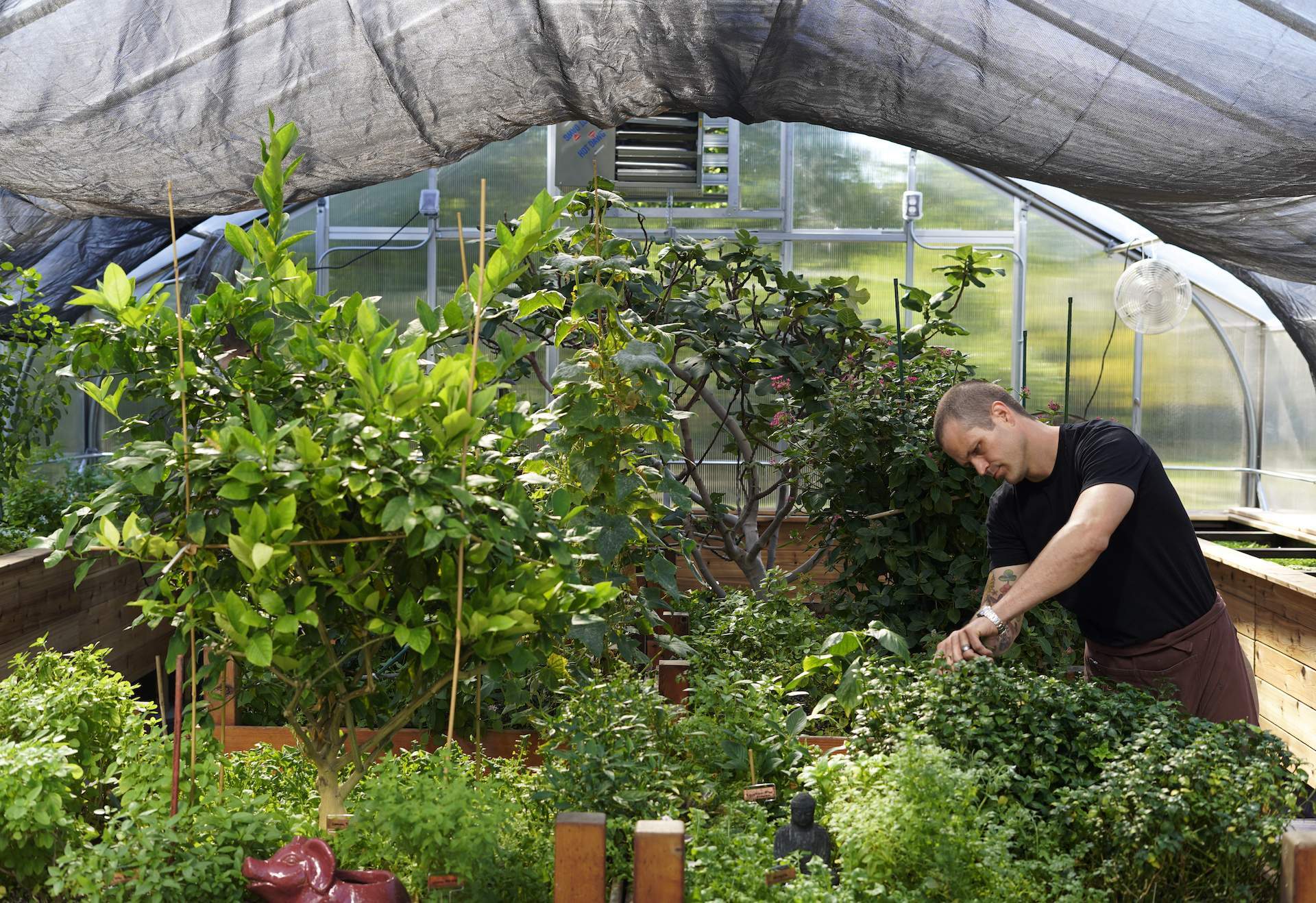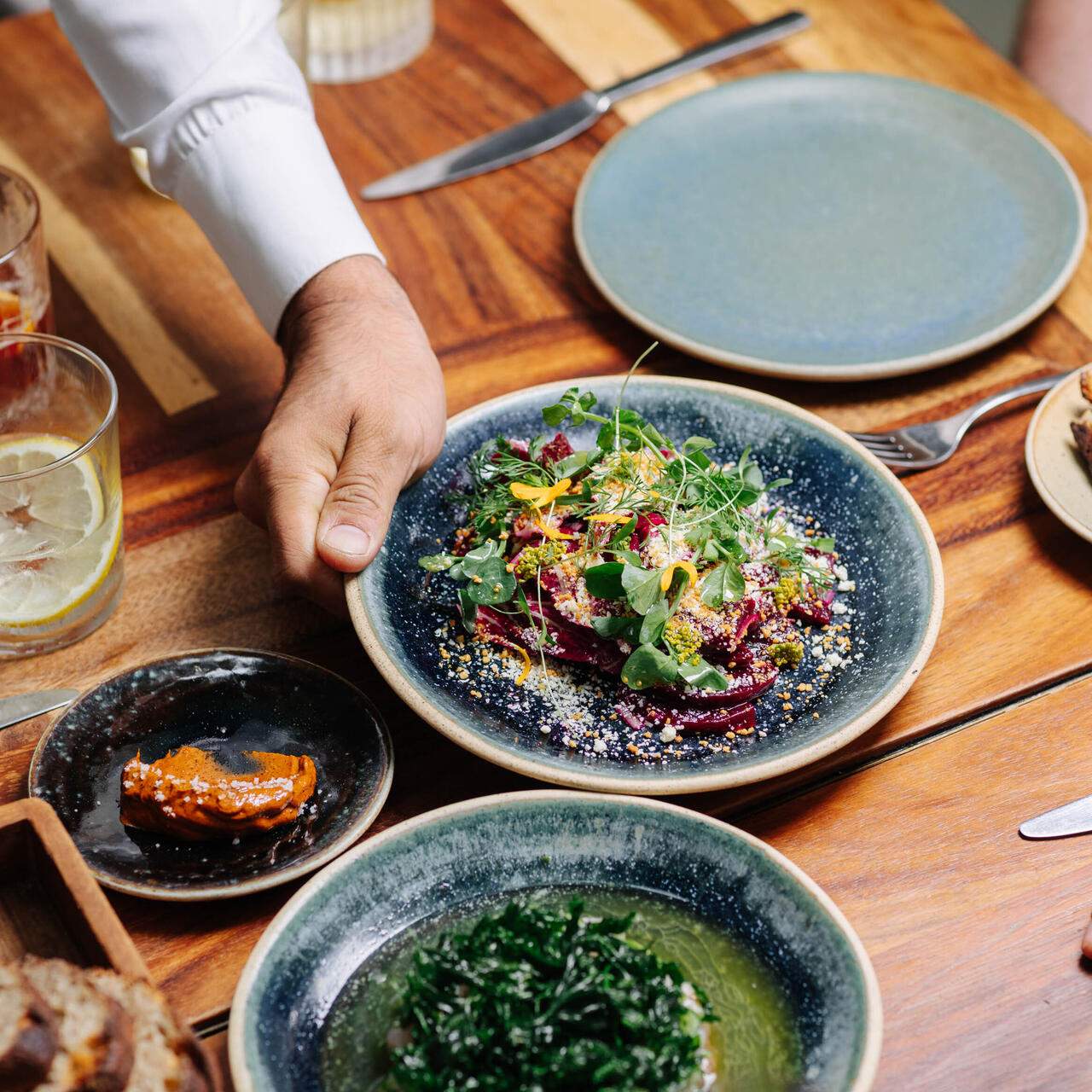Size isn’t everything. Restaurants large and small can learn from each other.
While it may be true that most diners prefer independent restaurants, chain restaurants are a $162.6 billion business, and they’re expected to grow by 8.7% in 2022. There is no either-or when it comes to chain versus independent restaurants. People want both.
For a restaurant owner, it can help to take a step back and study restaurants different from yours. There’s a lot that independent restaurants can learn from the big chains and plenty that the chains can learn from the little guys, too.
Here are a few big ideas from the big chains that smaller restaurants can implement in some way, too:
Make order pickup more like a drive-through
The pandemic changed people’s dining habits in a big way. And even as people return to something close to their 2019 lifestyles, they want to carry some of these changes into the future and not just for safety reasons. Convenience is a big factor in what diners want to keep, and nothing is quite as easy as hitting the drive through.
Thanks to a substantial increase in popularity over the past few years, drive-through now makes up 52% of all off-premise business. Hawaiian Bros Island Grill restaurants zeroed in on speedy drive-through in 2020. The brand credits this strategy for its runaway success, according to Restaurant Business. The chain’s goal is to serve one car every 30 seconds.
Many small, independent restaurants are not set up for drive-through, but there’s still something to learn from the Hawaiian Bros story. If possible, refine the process for takeout orders and offer curbside pickup. Iron out the workflow so orders can be filled swiftly and guests can enjoy the quick convenience of drive-through without the need for an actual driveway and service window. This tweak can make an especially big difference for guests if your restaurant is in an area where parking is at a premium.
The takeaway: Make your carryout orders as easy to pick up as a drive-through.
Cross-train your team
You might have a great bartender who can wait tables. It would probably be even better to have a server who could pitch in at the cold station, assembling salads in a pinch. Cross training, especially across front and back of house, is rarely done in smaller restaurants, but some chains have taken this approach to maximize efficiency and guard against the inevitable problems, like people calling out sick. It also can ease some of the stress of the staffing crisis.
For example, at the Middle Eastern fast casual restaurant Naf Naf Grill, an employee could be washing dishes at lunch and grilling steaks at dinner, according to Restaurant Business.
In a fine-dining restaurant, the specialized skills needed in the kitchen don’t exactly lend themselves to cross-training, but you can make sure servers are trained to jump behind the bar. Teach bussers to talk to guests at the host stand and line cooks to work multiple stations. The more team members can multitask, the better.
The takeaway: Go as far as possible to cross-strain team members so they have the skills to do multiple jobs.
Get serious about takeout and delivery
As much as many restaurateurs would like to leave the frenzy behind, takeout and delivery will be a lasting legacy of the pandemic. People love it. In February 2022 these orders remained 92% higher than during the same month of 2019.
Delivery now represents 11% and carryout represented 37% of all off-premise orders. (As previously mentioned, the remaining 52% of that business is drive-through.)
Chain restaurants understood this as a permanent shift early on and used their resources to make it faster and easier to offer these desirable options for people via custom-built apps and third party platforms.
Smaller restaurant owners should know it’s not too late to take a cue from them. If you haven’t already done so, it’s time to step up your takeout and delivery experience for guests. This could mean streamlining takeout with technology, partnering with third-party apps for delivery, or adding team members to shifts specifically to pack and manage off-premise orders.
The takeaway: Level up off-premise dining with strategy, tech, and people.
Experiment with retail
The big players know that diversifying revenue streams is good business. Even before the pandemic, many major chains, like Canada-based Montana’s BBQ & Bar, were selling branded packaged and prepared food at grocery stores or via mail order.
This trend caught on among restaurants of all sizes to help keep places afloat during lockdowns, and some restaurants have made it a priority going forward. China Live, based in the San Francisco area, now sells a line of snacks, sauces, oils, and condiments, several of which were recently awarded the prestigious Good Food Award.
The takeaway: Scour your menu for something you can package and sell, even if only at your restaurant at first.
With ample resources to innovate and experiment, it’s no surprise chain restaurants offer a deep well of ideas for how to thrive in the restaurant business. But even the most successful chain can look to smaller spots for inspiration. Here are some possible ways chains can learn from their independently-owned colleagues:
Focus on the food
It’s up for debate whether the food is better at chains or independent restaurants, but the public perception is smaller places come out ahead on this score. Ensure quality control is in place across the board, and remember that when it comes to ingredients, quality counts and guests pay attention. The general public is more educated about food than ever.
The takeaway: A relentless focus on top-notch ingredients cooked consistently with care will always pay dividends.
Emphasize community
Each location of a chain restaurant plays a role in the community where it’s located. As much as possible, get involved with the life of the area of each restaurant. Support neighborhood sports teams, raise money for local charities, or host community events. All these things help guests see a restaurant as a neighbor and not an anonymous corporation.
The takeaway: Chain restaurant locations can get active in their communities to connect on an emotional level with locals.
Make hospitality personal
Both small restaurants and chains focus on hospitality, but people tend to think they’ll get warmer, more personal service at an independent restaurant. But even a busy chain with fewer regulars can use tools such as in-depth guest profiles and digital ordering to treat every returning guest like a friend.
The takeaway: Shower guests, especially repeat ones, with personalized attention to win loyalty for life.
The restaurant business is a tough one, but the competition is more friendly than cutthroat. Look around the entire landscape of restaurants to learn all you can about how to make your restaurant a success.




